Ask a group of photographers whether they prefer tilt or fully articulated LCD screens, and you’ll likely have a war on your hands.
I grew up in the 80s and 90s using film cameras that had tiny LCD screens that showed how many shots I had left on a roll of film. The thought of one day having high-resolution, color 3-inch displays on a camera never even crossed my mind. So, as we moved into the 2000s, and when digital cameras became a thing, to say I and millions of others were blown away would be an understatement.
Color LCDs — A vital tool
As we all know, technology progressed, digital cameras became the norm and bigger LCDs that showed us all of our important metrics quickly became a vital tool. It was not long before image playback, and live preview or live view stole our hearts even more. Being able to see your images instantly and being able to see a live representation of your framing on the LCD screens was magical.
Articulating LCD screens soon followed, and they added even more functionality. Our lives were certainly easier than they were during the film days, that’s for sure.
As time went by and technology progressed, articulating LCD screens became vital parts of our workflow. Being able to place a camera low and flip out a screen saved us time and our knees. Similarly, articulating screens made it easy to put our cameras up high and easily frame shots.
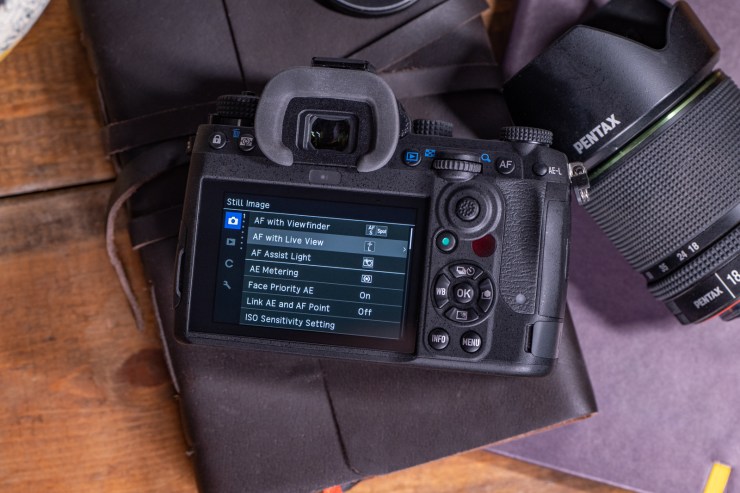
Then came along the introduction of fully articulating screens. Instead of being embraced with open arms, fully articulating LCD screens caused a split. You were in camp love them, or camp loathes them. So strong are creators’ feelings regarding the LCD screens; some creators, even if they love the brand, will refuse to purchase cameras with fully articulating screens and vice versa.
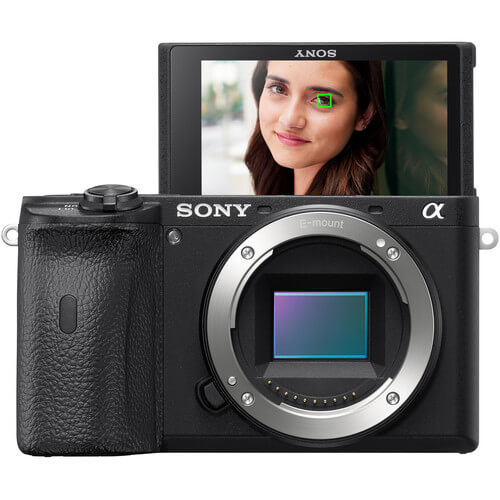
This split, this war between creators, is still raging today, and because of this, you can tell camera manufacturers are torn on which type of screen to employ on their cameras. Do they try and appeal to photographers who love tilting screens, or do they embrace modern content creators who use their cameras as hybrid still and video devices? It’s a challenging problem to solve.
Tilting vs. fully articulating LCD screens — The pros and cons
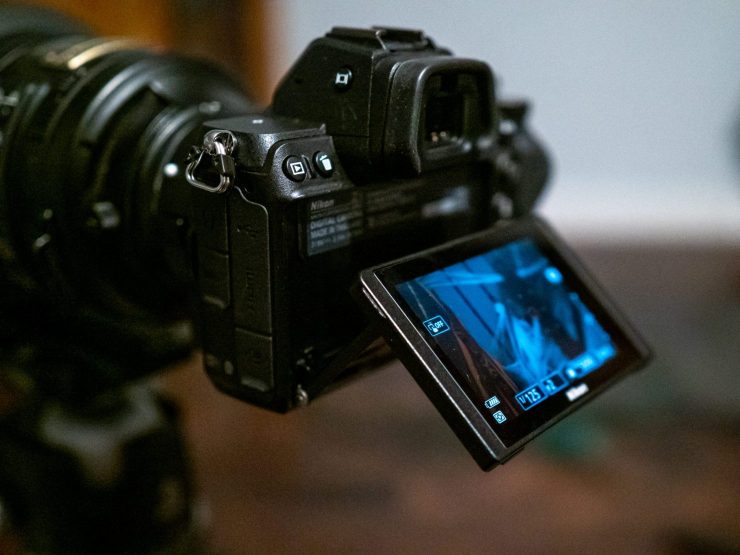
I fully understand where both sides of the creator’s aisle are coming from regarding full articulating and tilt LCD screens. Both different types of display have their pros and cons. Personally, I am team fully articulating, but that doesn’t mean I’m right and you’re wrong. I just love the flexibility that fully articulating displays give me.
I have used and enjoyed cameras with tilting screens, like the Fujifilm X100V, too and can see why many creators — especially photographers — want to cling to them. On the other hand, I love how easy it is for me to place my OM SYSTEM OM-1 (read my review here) in just about any position and still easily nab the shot, thanks to the articulating screen. So let’s take a quick look at the pros and cons of both LCD screens.
Fully articulating LCD screens — Pros and cons
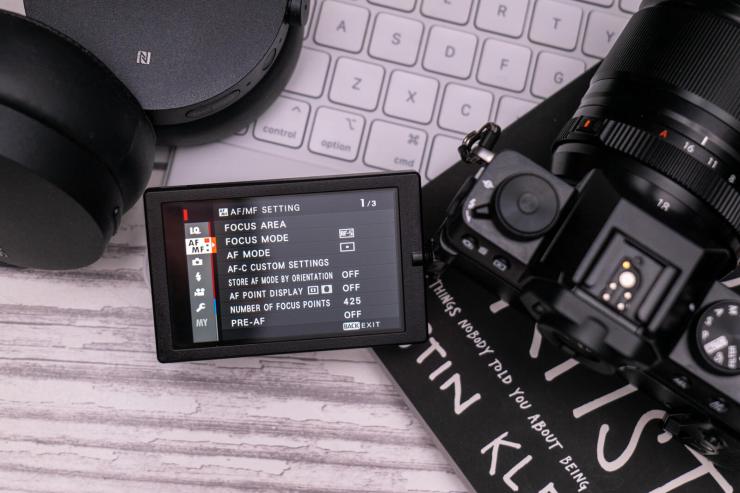
Pros
- Easy to take shots at high or low angles
- You can fold the screen into the camera for protection
- You can flip the screen to face the front, which makes selfies and vlogs easier
- You can position the screen easily to reduce glare
Cons
- Fully articulating screens stick out to one side, which could reduce their durability
- Fully articulating LCD screens are not as discrete as tilting screens
- Articulating screens have a significant impact on ergonomics and comfort
- When out, articulating screens can reduce access to ports
Tilting LCD screens — Pros and cons
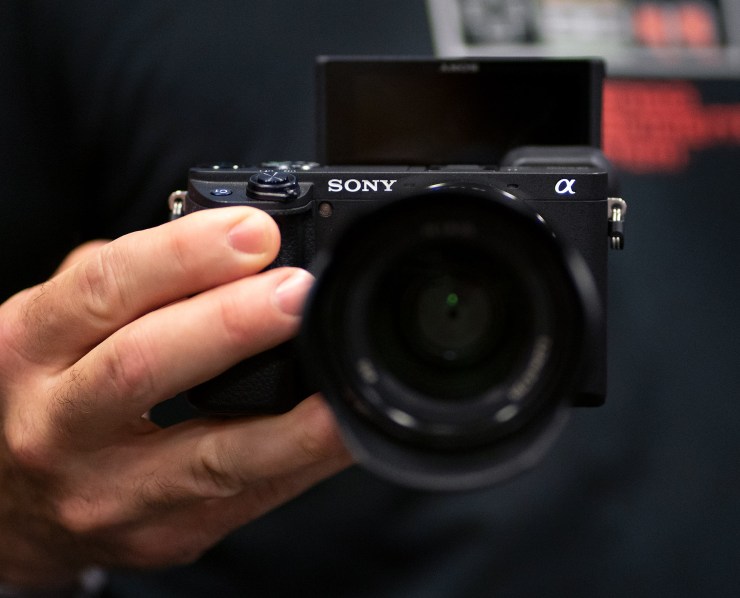
Pros
- Easy to take shots at high and low angles
- Tilting screens are much more discrete
- Less prone to breakage
- Waist-level shooting (ideal for street photographers) is easier
- Pull-out tilting screens are easier to use in portrait orientation
Cons
- Tilting screens are more vulnerable to scratches and damage
- You can’t always angle them to remove glare
- Not as flexible when it comes to getting shots from weird angles
As you can see, tilting and fully articulating LCD screens have their pros and cons, and both lend themselves well to various shooting styles. However, as mentioned above, this leaves camera manufacturers between a rock and a hard place.
Many photographers hate fully articulating screens because they aren’t as discrete as tilting screens. On the other hand, some photographers and videographers love fully articulating screens as they offer much more versatility than their tilting brethren. Unfortunately, there is no happy medium here.
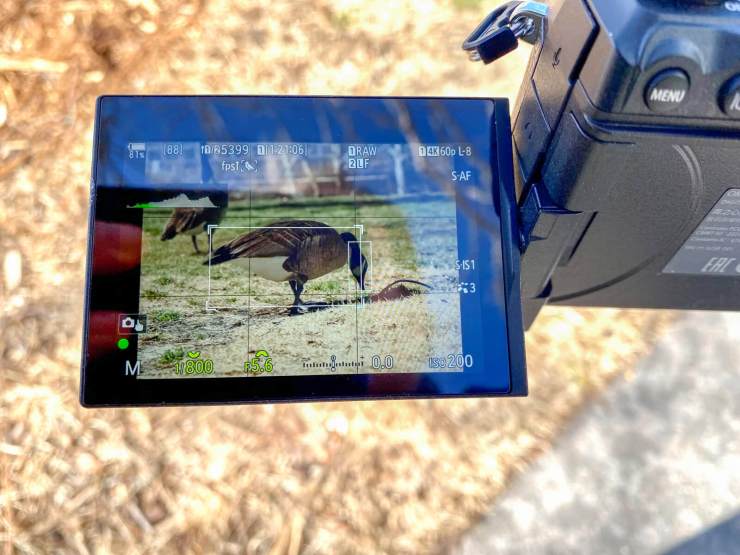
Camera manufacturers seem to be leaning toward transitioning to fully articulated screens on every camera. Unfortunately, I can think of only a handful of cameras released in the last two years with tilting screens (Nikon Z 5, Ricoh GR III / IIIx, Fujifilm GFX 50S II, Fujifilm X100V, Sony a1).
Perhaps more camera manufacturers need to look at the screen on the Panasonic Lumix S1H that both tilts and swivels. The only problem with this is the amount of bulk (and cost) that comes with it. No doubt we are spoiled for choice when it comes to technology, and it is a first-world problem to worry about. Still, this is a polarizing topic in the community that many people have strong feelings about.
What do you think the answer to this conundrum is? Will you refuse to buy a camera with a fully articulating screen? On the other hand, do you stay away from cameras with tilt screens? Which do you prefer and why? Let us know what side of this fence you’re on in the comment section below.
Tell your story with the second annual Visual Storytelling Conference!
Experience four days of interactive, online training sessions featuring a range of educational content with experienced photographers and content creators. This free event kicks off with a series of technical boot camps to build essential skills, followed by live, online sessions on photography, video, business and social media. Join live from March 10-13, 2022!
